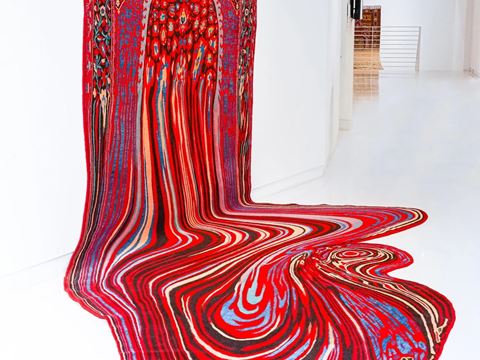
New Middle East Galleries
Penn Museum, Philadelphia,Philadelphia,USA;Pennsylvania
The 4,500-year-old crown jewels of a queen. One of the world's oldest drinking vessels. A baby's rattle. A school child's first writing primer. A workman's tool. The very first spreadsheet. Through these objects and more than 1,200 others, these newly renovated, reconceptualized galleries create a journey exploring how, 10,000 years ago, in the fertile crescent of the Middle East, the most transformative point in our human history was set in motion: the domestication of plants and animals and, with it, the shift from hunting and gathering to farming. Villages developed, then towns. Writing and mathematics developed for record keeping. Mesopotamian societies gave rise to the world's first cities—cities that, it turns out, were not so different from our own. These are the first in a series of gallery renovations taking place at the museum over the next several years.
You may also be interested in...

Across Time and Tradition-The Evolving Vision of Shangri La
Honolulu, United States
Across Time and Tradition: The Evolving Vision of Shangri La presents both historical and contemporary works from the renowned collection of Islamic art at Shangri La, a museum boasting a world-class collection of Islamic art.
Shaped by Stone: The Tools That Made Prehistoric Qatar
Sharjah, Qatar
Shaped by Stone: The Tools That Made Prehistoric Qatar highlights the Stone Age in Qatar and showcases significant archaeological finds, including various stone tools such as arrowheads, spears, axes, knives and blades, discovered in large quantities across the country.
Faig Ahmed-Epoch 2011-202
Baku, Azerbaijan
Faig Ahmed: Epoch 2011-2024 traces the evolution of the Azerbaijani artist’s practice over the years.